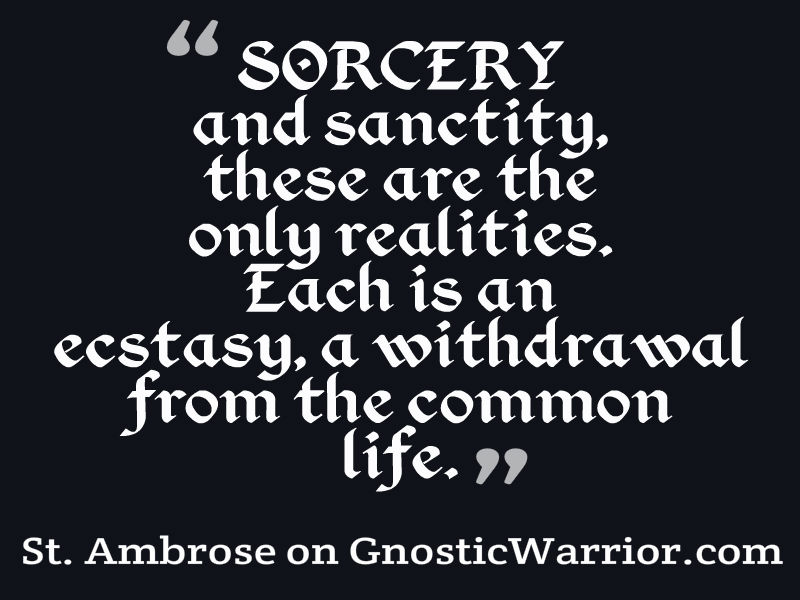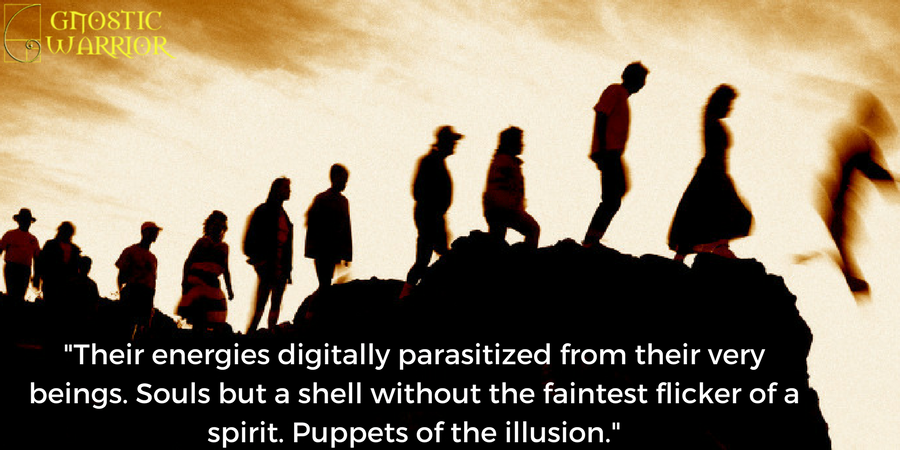In the memoirs of the Emperor Jahangire, the performances of seven jugglers from Bengal, who exhibited before him, are thus described: “Ninth. They produced a man whom they divided limb from limb, actually severing his head from the body. They scattered these mutilated members along the ground, and in this state they lay some time. They then extended a sheet over the spot, and one of the men putting himself under the sheet, in a few minutes came from below, followed by the individual supposed to have been cut into joints, in perfect health and condition. . . . Twenty-third. They produced a chain of fifty cubits in length, and in my presence threw one end of it toward the sky, where it remained as if fastened to something in the air. A dog was then brought forward and being placed at the lower end of the chain, immediately ran up, and reaching the other end, immediately disappeared in the air. In the same manner a hog, a panther, a lion, and a tiger were successively sent up the chain, and all equally disappeared at the upper end of the chain. At last they took down the chain, and put it into the bag, no one ever discovering in what way the different animals were made to vanish into the air in the mysterious manner above described.”
We have in our possession a picture painted from such a Persian conjurer, with a man, or rather the various limbs of what was a minute before a man, scattered before him. We have seen such conjurers, and witnessed such performances more than once and in various places.
Page 475
Bearing ever in mind that we repudiate the idea of a miracle and returning once more to phenomena more serious, we would now ask what logical objection can be urged against the claim that the reanimation of the dead was accomplished by many thaumaturgists? The fakir described in the Franco-Americain, might have gone far enough to say that this will-power of man is so tremendously potential that it can reanimate a body apparently dead, by drawing back the flitting soul that has not yet quite ruptured the thread that through life had bound the two together. Dozens of such fakirs have allowed themselves to be buried alive before thousands of witnesses, and weeks afterward have been resuscitated. And if fakirs have the secret of this artificial process, identical with, or analogous to, hibernation, why not allow that their ancestors, the Gymnosophists, and Apollonius of Tyana, who had studied with the latter in India, and Jesus, and other prophets and seers, who all knew more about the mysteries of life and death than any of our modern men of science, might have resuscitated dead men and women? And being quite familiar with that power — that mysterious something “that science cannot yet understand,” as Professor Le Conte confesses — knowing, moreover, “whence it came and whither it was going,” Elisha, Jesus, Paul, and Apollonius, enthusiastic ascetics and learned initiates, might have recalled to life with ease any man who “was not dead but sleeping,” and that without any miracle.
If the molecules of the cadaver are imbued with the physical and chemical forces of the living organism, what is to prevent them from being set again in motion, provided we know the nature of the vital force, and how to command it? The materialist can certainly offer no objection, for with him it is no question of reinfusing a soul. For him the soul has no existence, and the human body may be regarded simply as a vital engine — a locomotive which will start upon the application of heat and force, and stop when they are withdrawn. To the theologian the case offers greater difficulties, for, in his view, death cuts asunder the tie which binds soul and body, and the one can no more be returned into the other without miracle than the born infant can be compelled to resume its foetal life after parturition and the severing of the umbilicus. But the Hermetic philosopher stands between these two irreconcilable antagonists, “master of the situation. He knows the nature of the soul — a form composed of nervous fluid and atmospheric ether — and knows how the vital force can be made active or passive at will, so long as there is no final destruction of some necessary organ. The claims of Gaffarilus — which, by the bye, appeared so preposterous in 1650 — were later corroborated by science.

Moe is the founder of GnosticWarrior.com. He is a father, husband, author, martial arts black belt, and an expert in Gnosticism, the occult, and esotericism.





![How the South Saxons received Eadbert and Eolla, and the West Saxons, Daniel and Aldhelm, for their bishops; and of the writings of the same Aldhelm [705 A.D.] | Book 5 | Chapter 17 How the South Saxons received Eadbert and Eolla, and the West Saxons, Daniel and Aldhelm, for their bishops; and of the writings of the same Aldhelm [705 A.D.] | Book 5 | Chapter 17](https://www.gnosticwarrior.com/wp-content/plugins/contextual-related-posts/default.png)